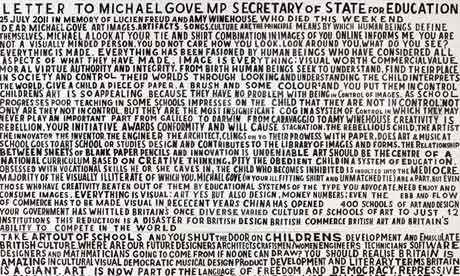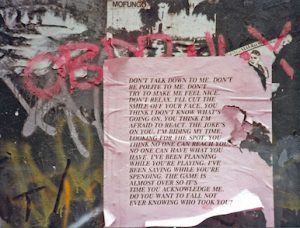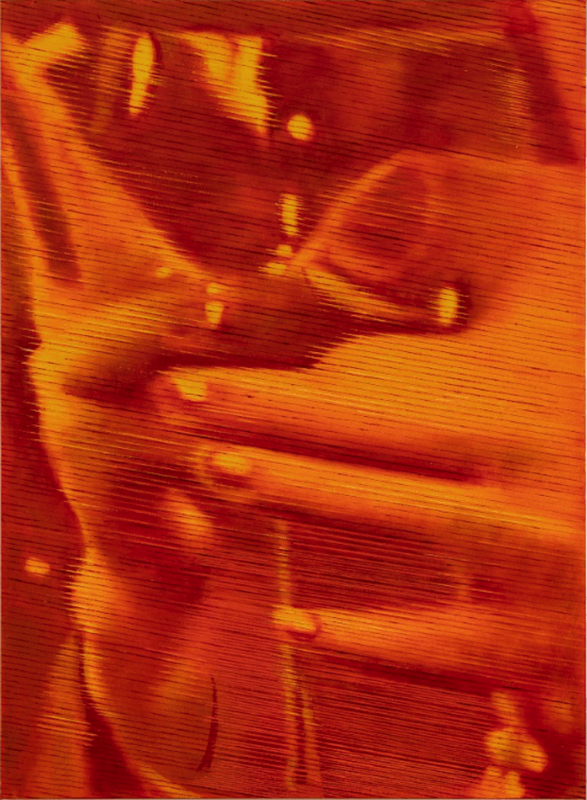Sending a message … Bob and Roberta Smith, Letter to Michael Gove, 2012, signwriters paint on board, 240 x 240 cm.
I am taking a huge and heavy painting of mine on the Future that Works march on Saturday. Painted on timber measuring 240cm by 240cm, it displays a letter to the education secretary, Michael Gove. I want to say to the government that a future that works will be a future where people can draw and design wonderful British products – one where they can be inventive and innovative, creative, discursive, and imaginative.
Young people should leave school as confident individuals able to embrace a constantly evolving world. The future of Britain, if Michael Gove institutes his Ebacc, without art, might be literate and numerate for a few; but it will be backward-looking, buried in the culture of the past, and essentially exclusive. In the summer, I designed a poster for the Paralympics. It’s very odd that sport and culture, the things we celebrated as being first-rate during the Olympics, Paralympics and Cultural Olympiad, will officially be second-rate in Gove’s new school structure.
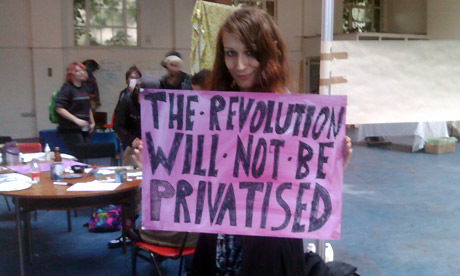
A future that works is about what happens next. We need to enable ALL young people to see opportunity, not be stifled by austerity. My slogan is “All schools should be art schools”. Not very witty perhaps, but to the point.
A new website called Make the March is asking people to create their own placards and banners. It is a joyous initiative – people can choose to make the protest a visual piece of performance art. As much as people on marches want to show solidarity, they can also have visual fun with their own take on politics.
I am trying to highlight problems with the new curriculum, but others on this Saturday’s march will be concerned about health, gay rights, the banks, workers’ rights, women’s rights, free speech and democracy. There is scope for so much wonderful thinking and creativity.
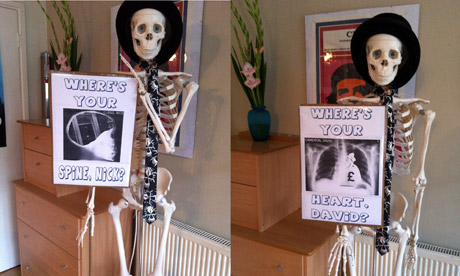
The inspiration for my involvement with Make the March comes from Picasso’s Guernica. When I see Guernica I hear Stukas. I also love the great surrealist innovator John Heartfield. Heartfield was a friend of Man Ray and he spent much of the 1930s making meticulous images for the cover of AIZ, an anti-Nazi magazine smuggled over the Swiss-German border. Francisco de Goya was their inspiration. Goya’s series of images entitled The Disasters of War is probably the most powerful ever document of man’s inhumanity to man.
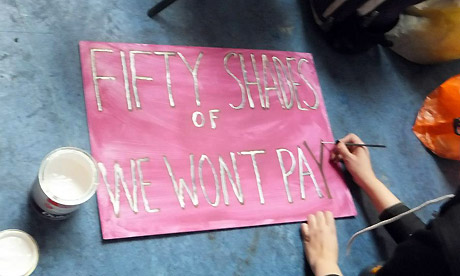
But protest art need not be all doom and gloom. In the 1960s and early 1970s, the Tropicália movement in Brazil provided a more enjoyable way to protest and demand change. Music and dance became the driving force of politically progressive, utopian-minded individuals.
I am a firm believer in “serious fun” and people doing their own thing. On marches, I sometimes feel uncomfortable holding someone else’s banner. I would rather sharpen my own wit, pen my own slogan, make it visual in my own way. The German theorist Hannah Arendt thought that individuals should bring their own ideas to the public realm. Make your own damn banners, put images of them online, dress up, dress down, perform and inform. Tell the government and those around you what YOU think of their hopeless, mindless, austerity.
• Make the March is an online project sharing protest art made for 20 October demonstrations. Five banners, placards or videos made for 20 October will win £100 courtesy of the TUC. Alongside Bob and Roberta Smith, other judges picking out their favourites are comedian Josie Long, political commentator Kevin Maguire and master banner maker Ed Hall. The closing date for the contest is midnight on Monday 22 October
guardian.co.uk © Guardian News & Media Limited 2010
Published via the Guardian News Feed plugin for WordPress.
